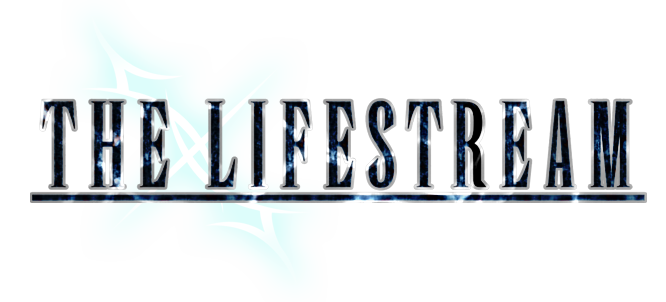VanuriaFellspar
Lv. 25 Adventurer
- AKA
- Violet
Maybe not need - but definitely a discussion.
For the time, I definitely think, on a home computer console in any case, FF1's story is absolutely tremendous. That's not to say it's layered with meaning and has complex characters and themes that stand the test of time, but I do think it is a touch above its contemporaries.
I think the ultimate fate of the WoL at the conclusion of FF1 is pretty melancholic, too, and a good depiction of outright heroism - doing something for goodness' sake without expecting a reward; what could encapsulate that better than remembering you saved the world from sure destruction while everyone else has pretty much forgotten?
It's also a good entry point, I think, into the stories the franchise would later tell, even in spite of the looming bankruptcy. It's not the best RPG on the system, and definitely not the best RPG story of that time, but it is unique and - I think - done really well. What about you guys? Do you think it's a good plot or do you feel as if the time loop plot offers up more plotholes than it does a satisfying conclusion?
For the time, I definitely think, on a home computer console in any case, FF1's story is absolutely tremendous. That's not to say it's layered with meaning and has complex characters and themes that stand the test of time, but I do think it is a touch above its contemporaries.
I think the ultimate fate of the WoL at the conclusion of FF1 is pretty melancholic, too, and a good depiction of outright heroism - doing something for goodness' sake without expecting a reward; what could encapsulate that better than remembering you saved the world from sure destruction while everyone else has pretty much forgotten?
It's also a good entry point, I think, into the stories the franchise would later tell, even in spite of the looming bankruptcy. It's not the best RPG on the system, and definitely not the best RPG story of that time, but it is unique and - I think - done really well. What about you guys? Do you think it's a good plot or do you feel as if the time loop plot offers up more plotholes than it does a satisfying conclusion?
Last edited:




